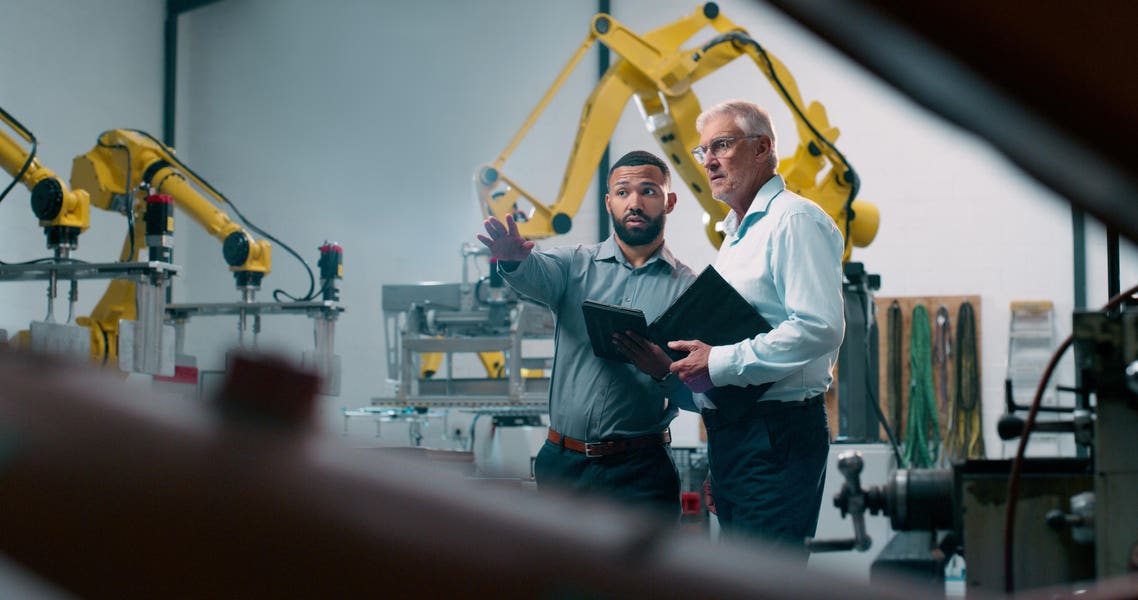A Yale study finds no consistent link between AI adoption and overall US job losses since November 2022. Occupational shifts are modest, with limited signs for early career workers. The authors call for measurement of real AI usage, targeted reskilling, and ongoing monitoring.

Public concern that artificial intelligence will immediately eliminate large numbers of jobs is widespread, but new evidence suggests the reality is more nuanced. A Yale AI study examined monthly US labor market data beginning in November 2022, the point when widely accessible generative AI tools became common. The results point to labor market stability rather than widespread displacement so far.
Fears about automation are not new. Previous technology waves such as personal computers and the internet changed tasks and skills over time. To test whether generative AI is producing rapid employment decline, researchers compared the occupational mix since November 2022 to earlier technology driven transitions. The analysis used AI exposure metrics to estimate which roles are most exposed, while noting those metrics are theoretical rather than direct measures of AI use.
The study reframes the AI and jobs conversation from panic to measured preparation. Key takeaways for business leaders, policy makers, and job seekers include:
Is AI taking people s jobs according to recent studies? The Yale AI study finds no consistent link between AI adoption and net job loss so far. What did Yale s analysis find about AI and unemployment? It shows modest occupational shifts and no systematic industry level displacement to date. Should workers be worried about automation job loss? The evidence suggests measured concern combined with proactive reskilling is the best course.
The Yale study offers a data driven perspective that counters alarmist headlines about AI job loss. For now the evidence supports a view of conditional uncertainty rather than immediate catastrophe. The decisive factor going forward will be how employers implement AI and whether investments are made in role redesign and workforce development. Continued monitoring and better measurement of AI adoption will be critical to detect any future shift toward more disruptive outcomes.



